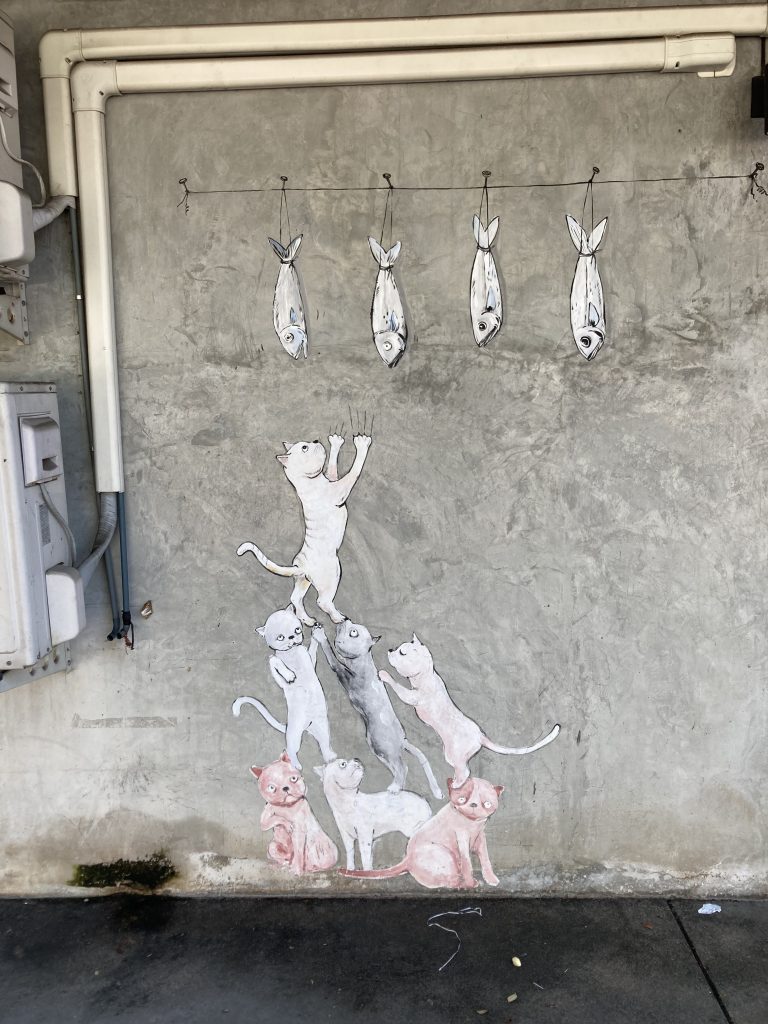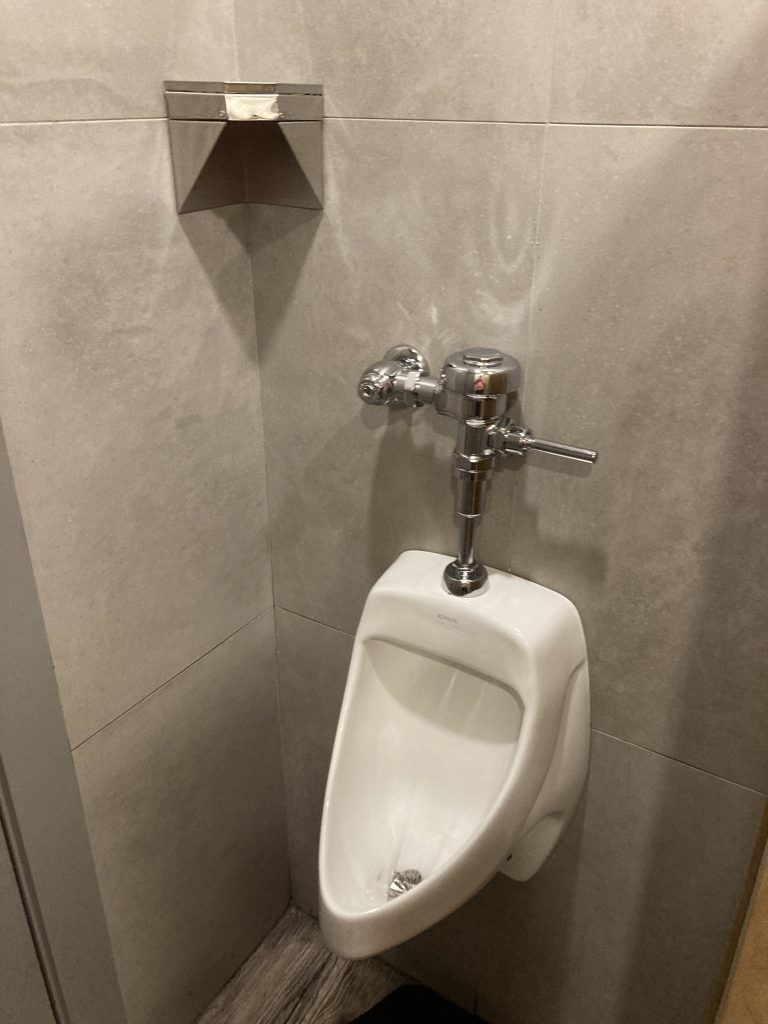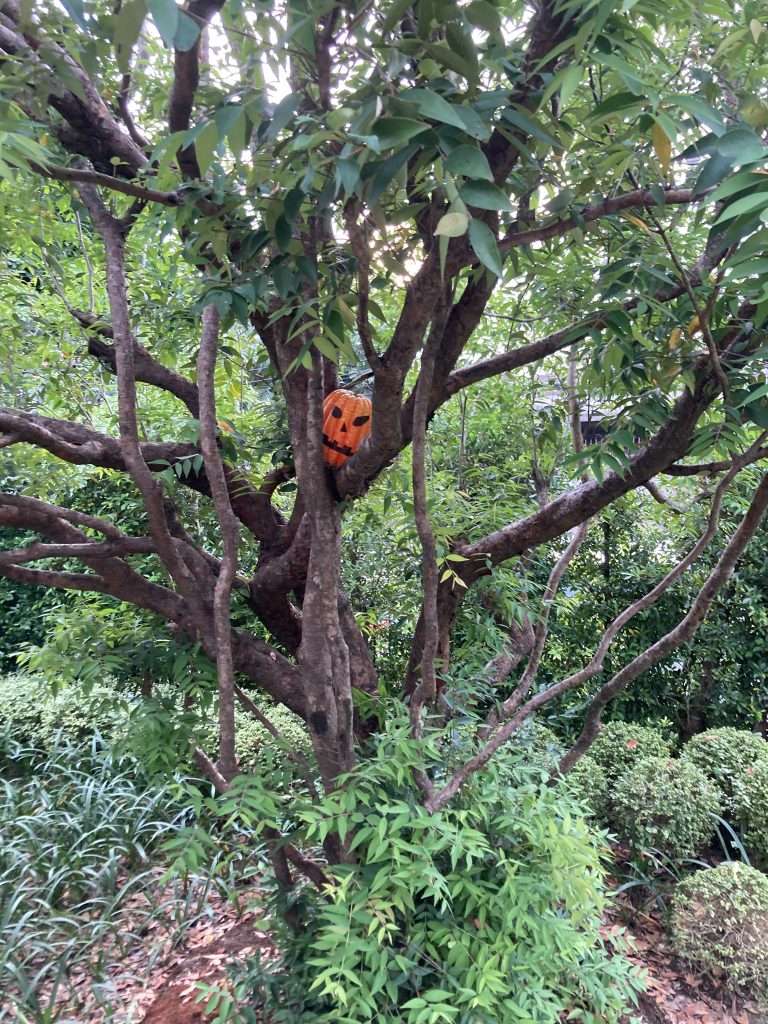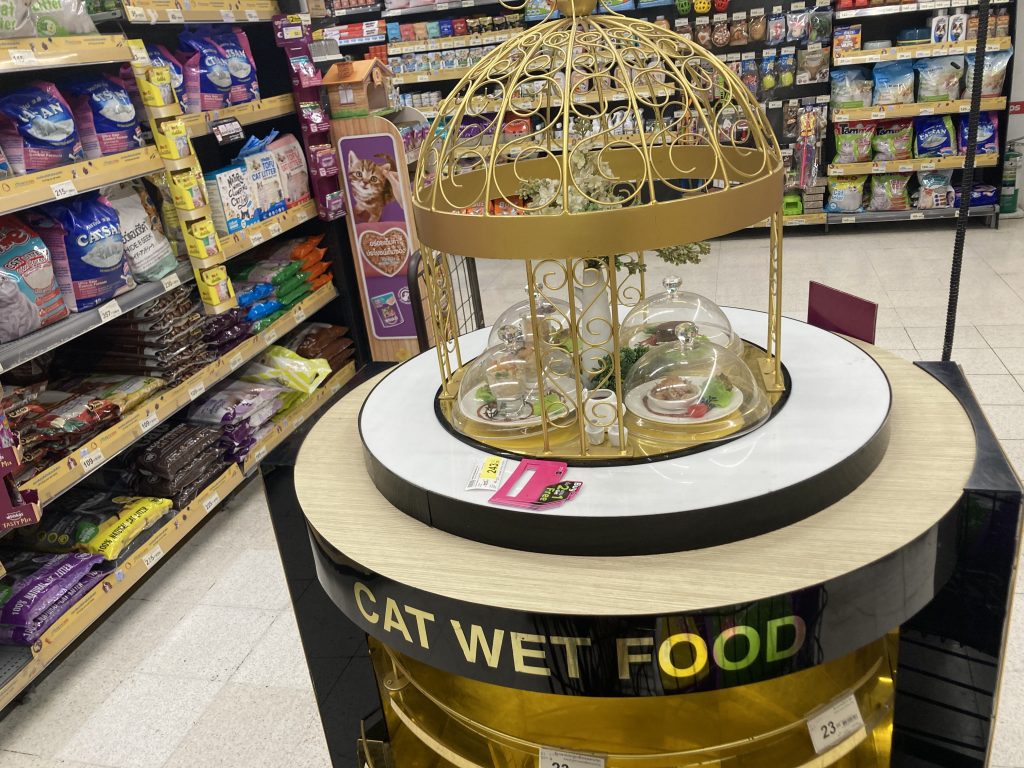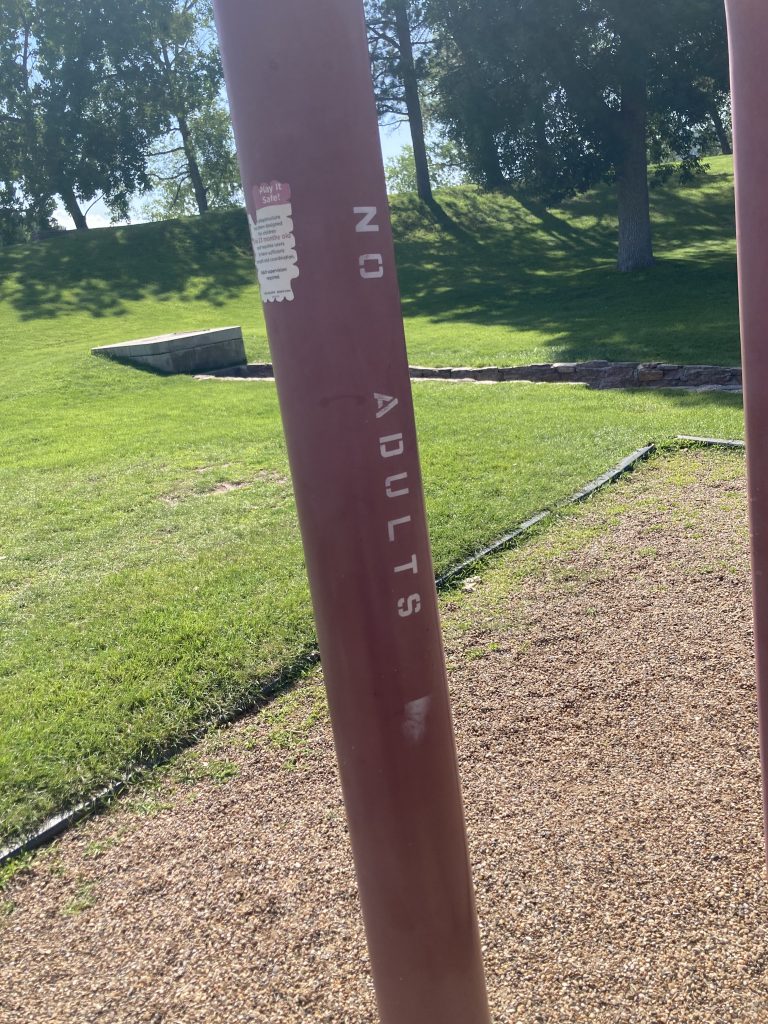Low Bar
In all of this traveling, I’ve seen a number of drinking holes called ‘The Bar.’ A wink of the eye. A little smirk. Each of these places thinking they were clever, distilling themselves to the obvious. ‘The Bar’ outside Belle Fourche, South Dakota pulls it off straight-faced. Dark and foreboding as an open mouth. Blacked-out windows. Cheap plastic signs draping onto the sidewalk, advertising any number of get-drunk-for-cheap deals. A stain on Main Street, as close to anywhere in the U.S. as it can be.
‘‘The Bar’ may have been constructed in a metaphysical shadow. It may have been founded by a bad man. The intentionality of ‘The Bar’ is up for debate, but the result is the same. It is, historically, a haven for deadbeat dads. More recently, a corner has opened to deadbeat mothers. It’s the places where parents go, not to die, but to scrape off all but the stain of parenthood.
Sometimes there are children at ‘The Bar.’ This is fine, by state law, assuming they’re accompanied by parents or guardians (and here the term is used loosely). The presence of these children doesn’t make their parents better. Arguably, it makes them worse and it makes ‘The Bar’ worse, too, the childless parents being forced to remember that their own offspring are out there somewhere. It deepens their guilt and, simultaneously confirms the necessity of hiding out in a place where they, at least, can be alone and separate from their responsibilities and always just mildly drunk, enough to be angry but not enough to be scared.’
I fit in at most bars better than I fit in most everywhere else. Anyone who looks as rundown and lonely as me can be inconspicuous in a corner for as long as they nurse drinks. ‘The Bar’ is an exception that I feel immediately- a true, all-heads-swivel moment, including those belonging to the handful of children slouched on barstools, some still half-engaged with their parents’ phone.
It’s four in the afternoon and there is no happy hour. No happiness to be found, really. A billiard table sports an unfilled triangle of balls. A jukebox groans with the effort of flipping through its menu. One of the phone games has an annoying jingle and it’s the loudest sound in the room.
I step up to the bar and order a drink and fries, only to be told that the kitchen is closed, that it has been closed for years. My drink isn’t available either and the one I get, the one that is nearly the same thing, is weak and dusty. That my patronage is not welcome is made clear in these few short interactions.
I’ve spent a lot of time in places where I’m not welcome over these years, so I settle in relatively comfortably and find it all the easier to nurse my drink for how poorly it’s been made. The others eventually shrug off my presence, they being experts in turn.
-traveler

